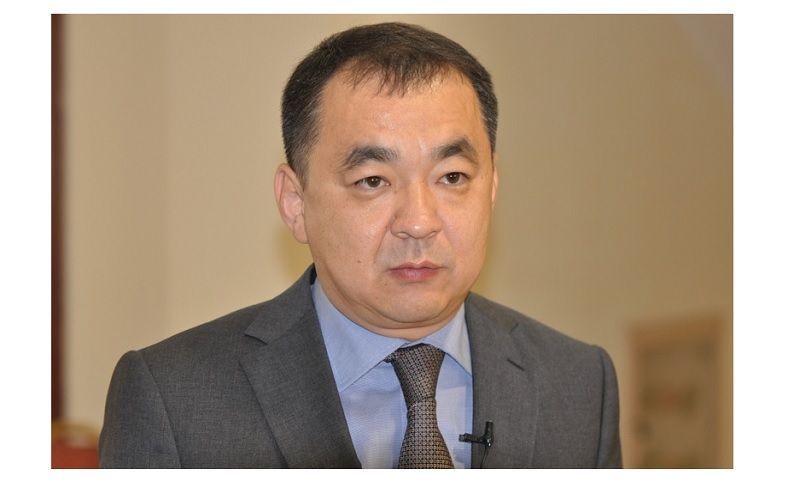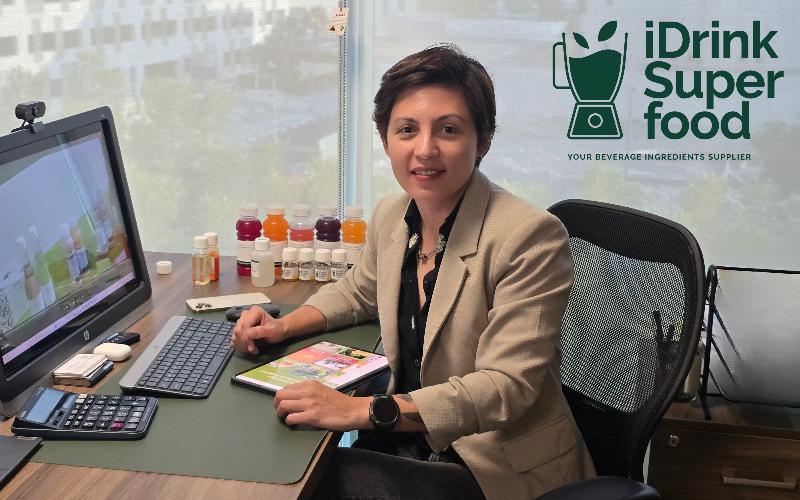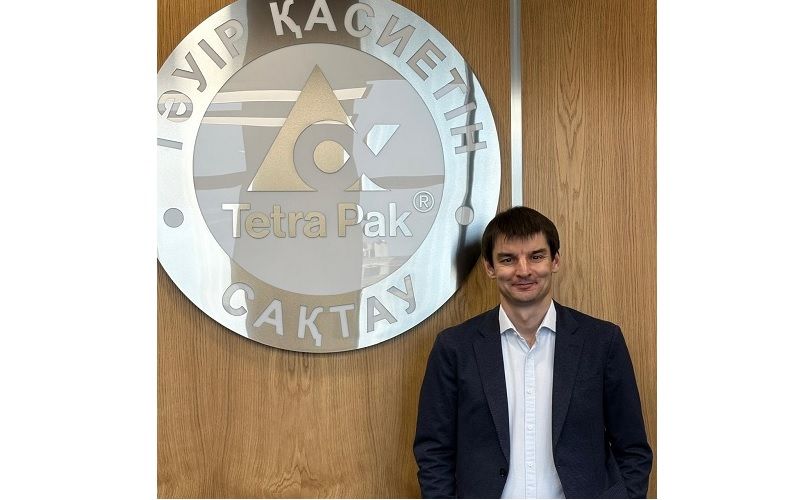The Role of High Input-High Output Milk Production in Northern Ireland's Dairy Sector

The importance of high input-high output milk production systems within Northern Ireland's dairy sector was underscored at a recent AgriSearch conference. The event confirmed the significance of pushing milk output at the farm level, irrespective of the milk price structure offered by dairy processors.
AgriSearch, a charity funded by dairy, beef, and sheep farmers, promotes research and innovation with a focus on production. As stated by its chairperson, Prof. Gerry Boyle, many current agricultural issues have an environmental focus but do not diminish the importance of production within a research and innovation agenda. Prof. Boyle highlighted that profitability stems from enhanced productivity, with productivity being a concern for both farmers and society at large.
Despite limited research funds, AgriSearch directs resources towards trialling innovation on farms to ensure practical benefits and identify obstacles to full commercialization. The organization conducts this through its beacon farms, and its recently launched carbon monitoring program is expected to be beneficial for dairy farms and other farming businesses in the region.
Prof. Boyle also pointed out the strong demand for continuous research that addresses the specific needs of high input-high output milk production systems in Northern Ireland. Recognizing the diversity of dairy farming systems, he emphasized that the choice of farming method defines the direction for dairy businesses. Factors such as available land type and a farmer's personal production preference play crucial roles in this choice, dictating the efficiency and sustainability that farmers can achieve.
In October, a new AgriSearch-funded PhD project, 'RumibaseNI', commenced at Queen's University and the Agri-Food and Biosciences Institute. The project aims to develop a unified database of life cycle carbon inventory for Northern Ireland's ruminant farm platforms.











